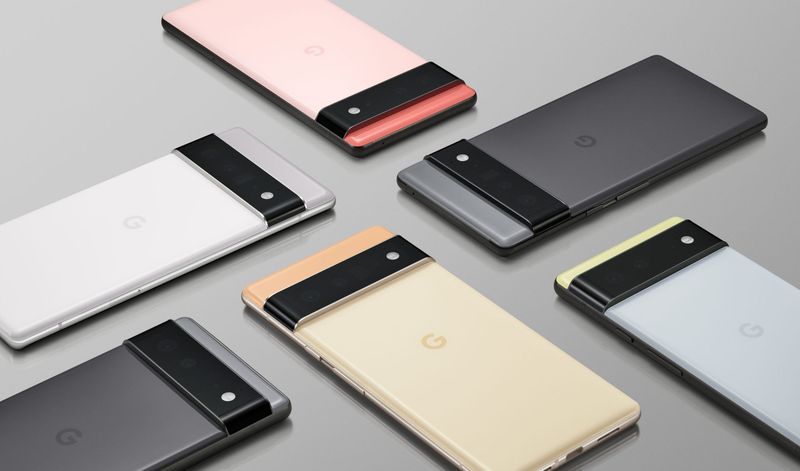The Google Pixel 6s will feature a magic eraser, ultra-wide-angle front camera, “baby mode,” and more.
Its features have long since been fully leaked, and today we have even been able to see the new Pixel 6 Pro in the video. But the leaks with Google’s new phones as the protagonist have only just begun.
This time, the people of XDA have gained access to a new version of the Google camera app not yet published, in whose code are included all the new features that will include the camera of the Pixel 6 and Pixel 6 Pro.
Among them, there are several features such as a “magic eraser” that can remove blemishes from photographs and enhance the focus of faces, and more.
Everything new arriving alongside the Pixel 6 camera
Although the Pixel 6 Pro’s new capabilities haven’t been revealed, it has been possible to look at some of the features that will be included with the phones. In most circumstances, we’re talking about apps that take advantage of Google’s software and computational photography advancements to boost the picture quality.

- Manual white balance settings: We know that Google intends to make its Pixel camera “more inclusive”, and this feature discovered in the camera app could be related to those plans. With it, it will be possible to adjust the white balance according to the scene and the skin tone of the subject in the image.
- Magic Eraser: On the Pixel 6s, a function is enabled that allows unwanted objects to be removed from the photo after it has been captured. The tool is accelerated by the TPU integrated into the Tensor processor.
- Face Deblur: Google had already confirmed the arrival of a function capable of correcting the focus of faces when they appear out of focus in images. Now, we know that this tool is based on the capture of multiple images, which are subsequently combined into one.
- Scene lock: It is not clear how this feature, codenamed “naruto”, will work, but presumably its operation will not be very different from the focus and exposure lock already present in Google’s camera app.
- Front flashlight: Although the Pixel 6 does not seem to have a front flash, the Google camera app will incorporate the option to illuminate our face when taking a selfie in the dark, probably by changing the interface colors to light tones that emit more light.
- Bluetooth microphone support: When capturing video with the Pixel 6 camera app, it could be possible to capture audio using Bluetooth microphones, such as those included in wireless headphones.
- Luminous counter: On the Pixel 6, it will be possible to set a timer to take a photo, and see how many seconds are left to capture thanks to the LED flash located on the back of the device.
- Motion blur: Behind the codename, “lasagna” is a “motion blur” function, which allows you to “add creative blur effects to photos”.
- Nima aesthetic: Although the operation of this addition is unclear, it does seem to be related to the Top Shot feature included in the Pixel, which allows you to choose the best image captured during a burst.
- Baby mode: The “baby mode” has been rumored for several weeks now. Now, we know that it is an automatic image capture feature, which will recognize babies to automatically take photos of them in the best possible scene.
- Frequent faces v2: The Pixel 4s introduced the “frequent faces” feature, which automatically focuses on the faces of already known people. Now, this feature evolves to version 2, although the improvements it introduces are not entirely clear.
- Portrait spotlight: Finally, there is talk of a function called “Portrait Spotlight” within portrait mode, which probably refers to a new artistic filter included in this mode. For now, however, it is not clear what it will consist of.
These are, for now, all the camera features of the Pixel 6 and Pixel 6 Pro that have been discovered in Google’s camera app.
It is possible that some of them will not be available from the time of the launch of the phones, either because Google has decided to pause their development, or because they have not been able to complete their development in time. In any case, we will have to wait until the day of the presentation of the phones to see what new features are present in their photographic system.




